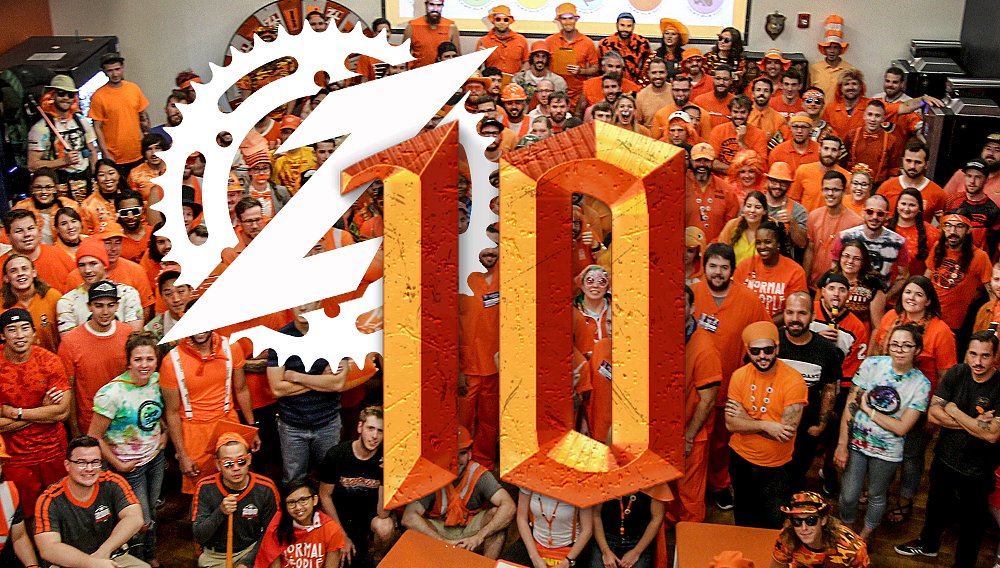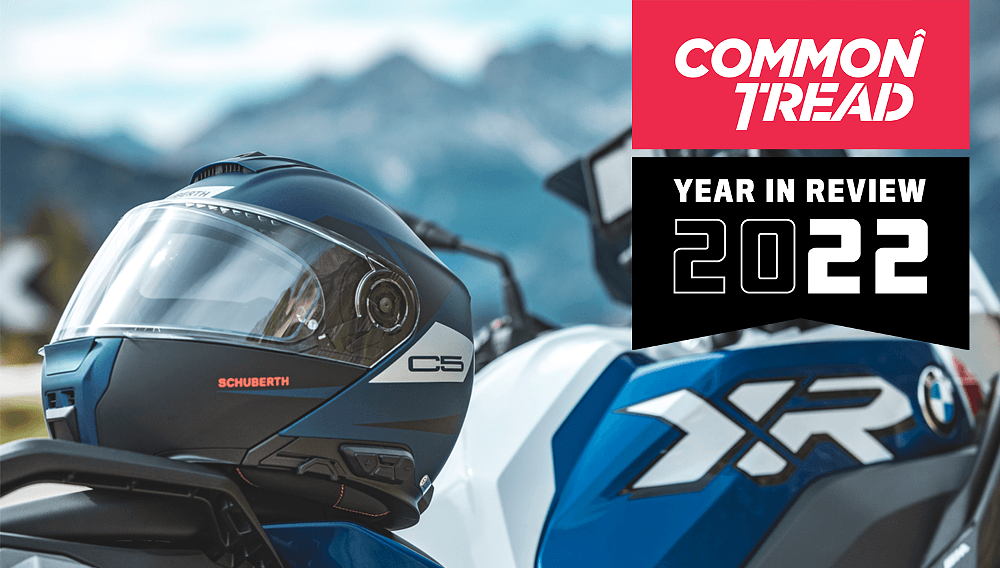Fifteen years ago, three young entrepreneurial guys started a motorcycle gear website and set up business in a building in South Philly where they didn't leave their lunches sitting out because rodents might nibble on them. RevZilla has come a long way in 15 years, but this story is not about that.
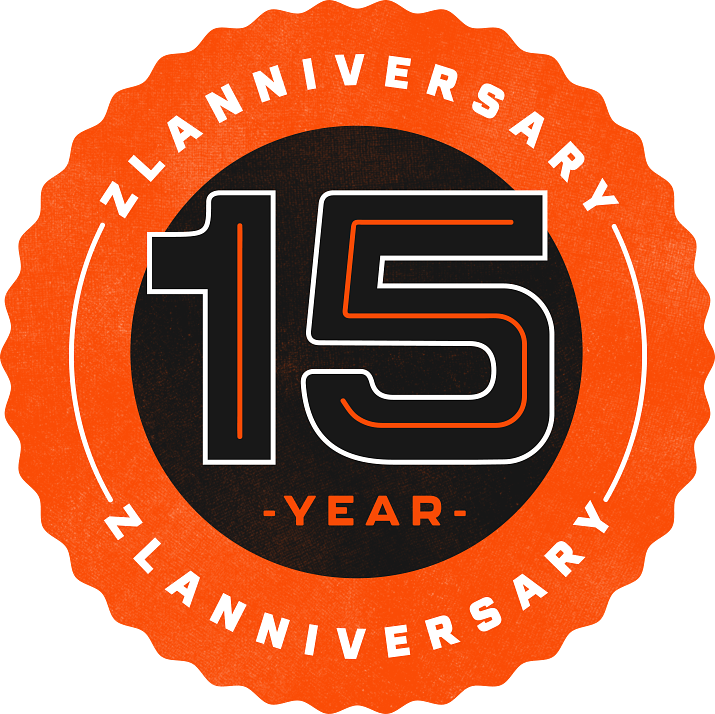
Advancements in the gear we wear
One of the most popular forms of riding gear today is something that was just emerging on the scene in 2008. Say you were planning to spend your Saturday by riding 30 miles out of the city to meet some friends for lunch and then pick up some necessities at the drug store on the way home. You want to wear protection. And maybe you don't mind everyone knowing you ride a motorcycle (though some people prefer to blend in). But do you want to walk around sweating in leather pants (or even heavy textiles) with those thick foam kneepads? It sure feels better just to wear your favorite jeans. But that doesn't give you the protection you need.
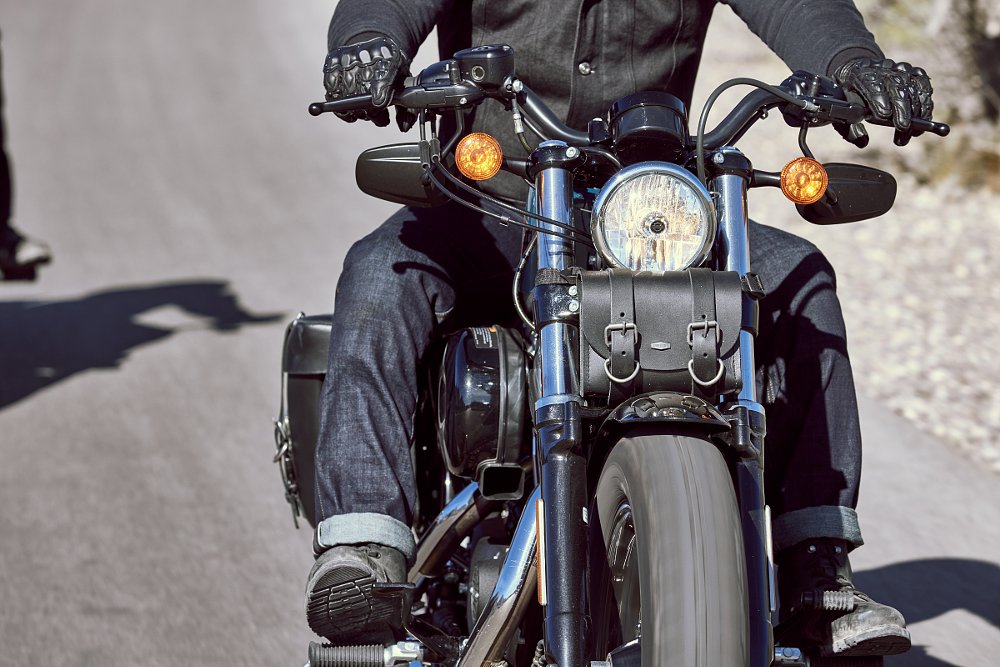
Today, you don't have to make that choice. Riding jeans were just coming on the market back then but they didn't feel anything like your favorite jeans. The abrasion-resistant layer could leave you feeling clammy or uncomfortable and the armor, if any, was clunky. Today's riding jeans come in a wide range of styles and protection levels. RevZilla carries well over 100 options. The abrasion-resistant material is usually woven right into the fabric, not added as another layer, so riding jeans now do feel much like your favorite regular jeans. And riding jeans have been joined by riding shoes and shirts that offer abrasion and impact protection — along with comfort — for casual rides.
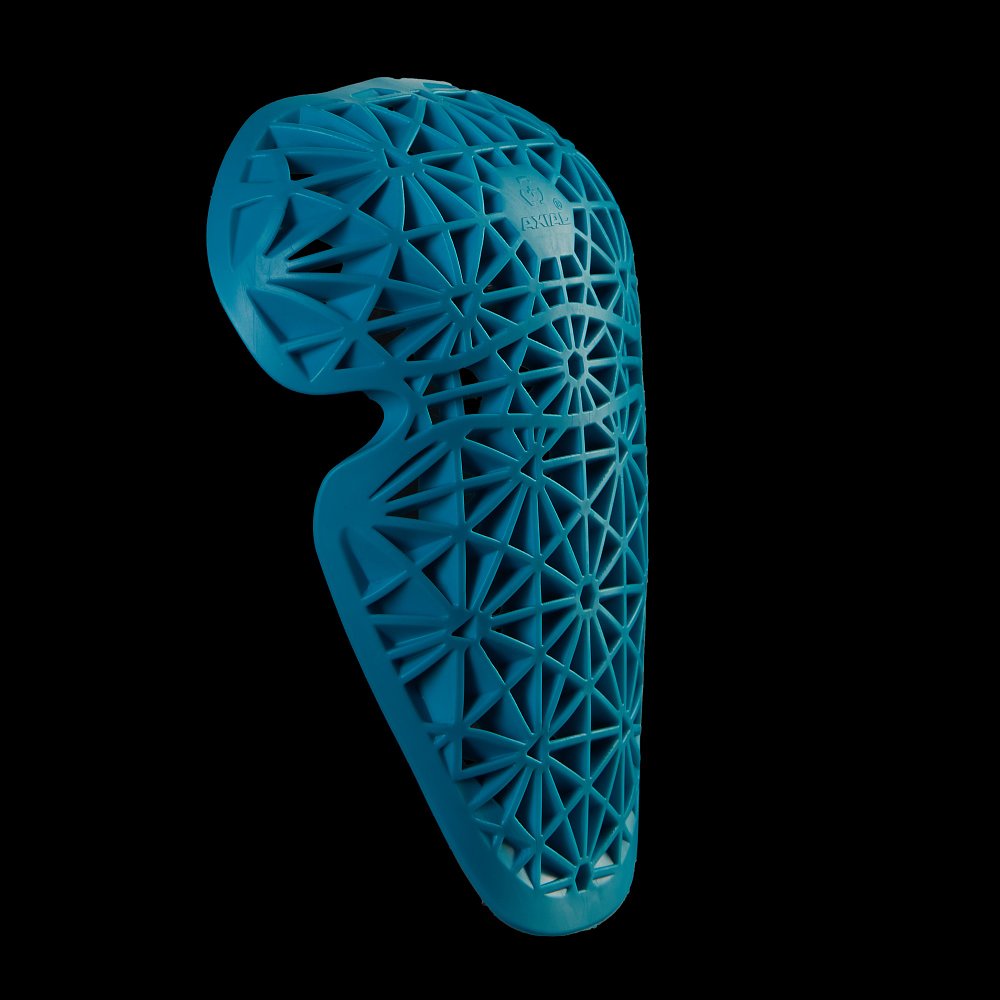
The big advancements in armor over the past 15 years have made all riding gear more comfortable. No more thick foam pads. Today's armor is thinner, more flexible, and still absorbs more energy in an impact. At the same time, testing for the abrasion resistance of gear has also improved, largely to meet the European CE standards. All this means that we're more likely than ever to emerge unscathed from a motorcycle crash, if we're wearing quality gear. And there's less reason not to wear the gear because it's more comfortable.
As mentioned, RevZilla was founded in 2008 and the YouTube channel, then called "RevZilla TV," was launched in 2009. From the video below, which shows grown men pounding their fingers with a hammer, we can learn two things: RevZilla's 15 years coincided with significant advances in armor, such as the introduction of D3O, and RevZilla video production values were a lot less developed back then.
Better armor was seen as the only way to improve impact protection 15 years ago. Unless you worked in R&D for Alpinestars or a similar large gear company, the idea of a wearable air bag likely never crossed your mind. A lot has changed in that area in these 15 years, however.
The first wearable air bags were tethered units. If all went to plan in your crash and you separated from your motorcycle, the bag would inflate and maybe save you from a broken bone or two. Then systems came out that used accelerometers, gyroscopes, and algorithms to determine when you were crashing and inflate the bag in a fraction of a second. They first started showing up in MotoGP riders' race suits, but now us ordinary riders can buy a wearable air bag that we can add to our existing gear and significantly increase our protection. It wasn't even sci-fi for most of us in 2008.
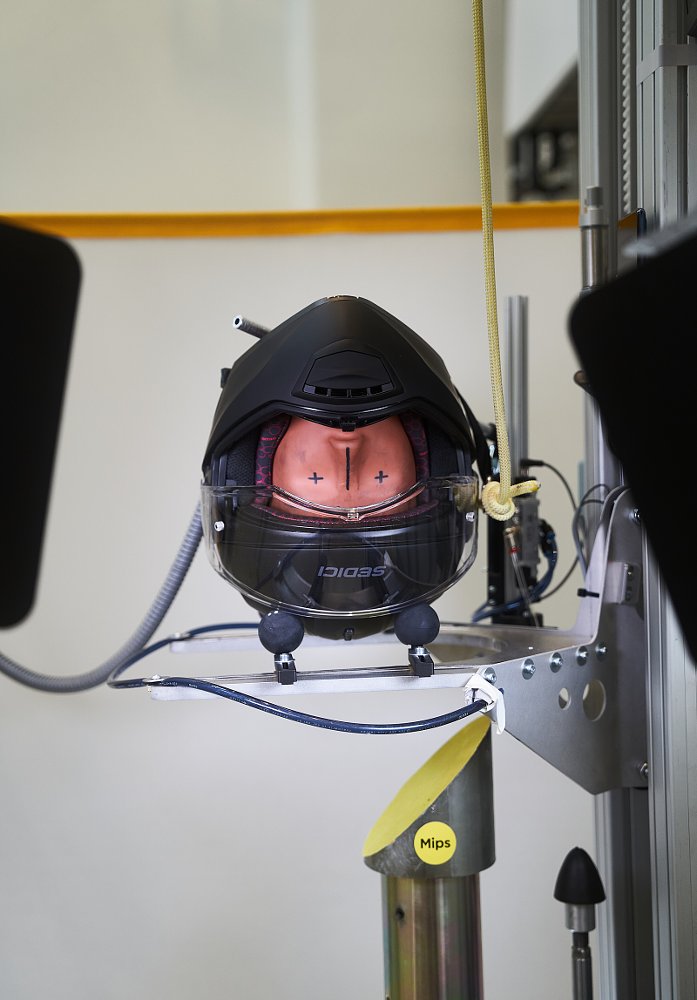
Similarly, if someone mentioned MIPS in 2008, you probably thought they were talking about a cheesy snack food. It's really only been recently that helmet manufacturers have been taking into consideration the kind of damage that can happen from glancing blows, not just straight-on plowing your head into a wall. Multi-directional Impact Protection System is the MIPS everyone is talking about, but the problem more generally is rotational impact, which causes your brain to lag behind the movement of your skull in a glancing blow, tearing tissue and causing injury. In addition to MIPS, there are other systems and innovations used by various helmet manufacturers to incorporate protection against rotational forces. These systems build into your helmet the same kind of slip that our physiology allows, letting our brains move a little inside our skulls, reducing the forces that damage that most important organ.
MIPS is a recent development, but helmets have been improving in safety, comfort, lightness, and convenience features for these 15 years. If you're lucky enough and young enough to have never used a tool to change a helmet visor, then you may not realize just how good today's faceshield mechanisms have become. And how much a little thing like that can improve your ride when night falls on your tinted shield and you're still an hour from home. Sure, lots of helmets had tooless visors in 2008, but nobody even thinks of building anything else today. There are also more helmets that accommodate people who wear eyeglasses, too.
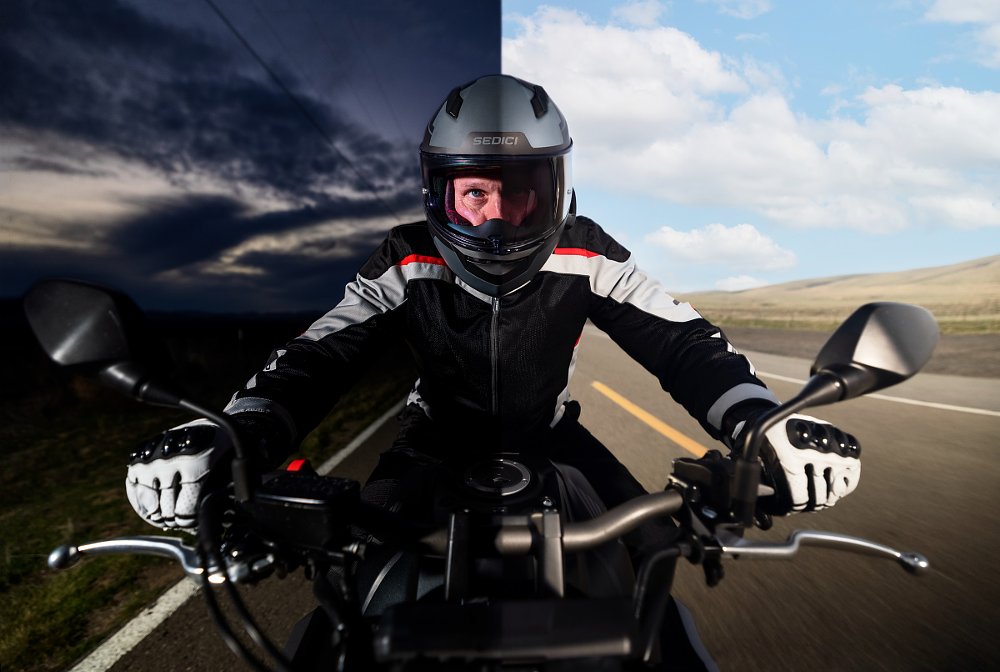
And you know what's even better than an easy-to-change visor when night falls? One you don't have to change at all. Photochromic faceshields and goggles that adjust to changing light conditions mean you may never even have reason to learn how to change your visor. These photochromic faceshields, dirt goggles, and cruiser goggles, not available in 2008, are getting more common and better today.
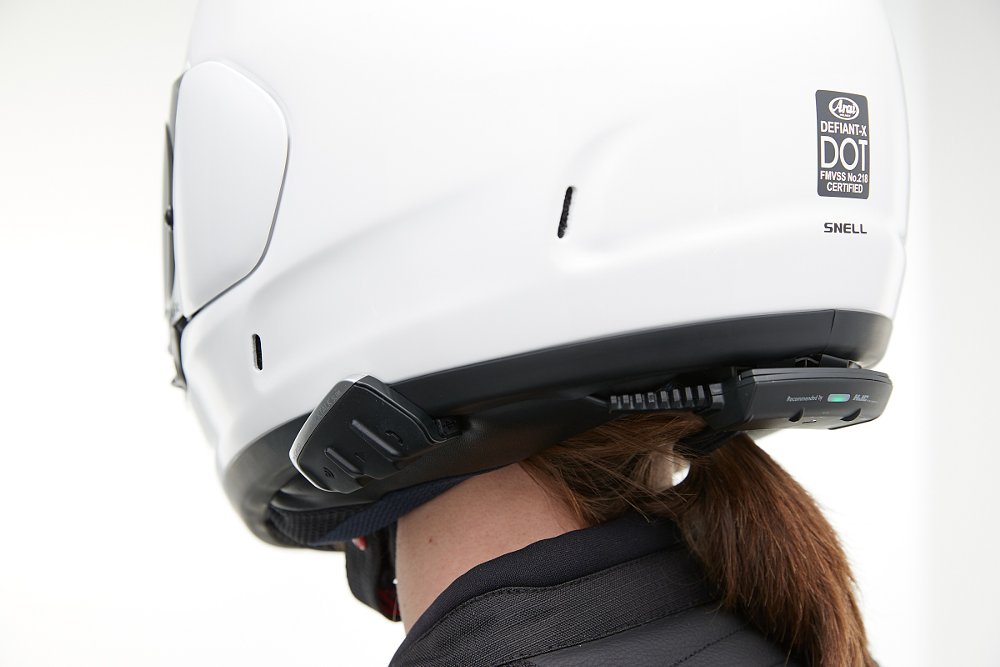
In 2008, communicating with your riding buddy meant gesticulating with your hands or screaming through your helmet's chinbar while stopped at a light. Today, Bluetooth communicators allow you to seamlessly talk to multiple fellow riders or your passenger. Some of those Bluetooth units even have a built-in camera, in case you need to build your TikTok following or want to have a record of your ride, just in case. Helmets almost universally now come with ear pockets to accommodate the communicators. Now nearly ubiquitous, these devices were rare 15 years ago — and far more primitive. Today, some of them will even call for help for you if you crash.
Frankly, back in 2008 I thought we had it pretty good in terms of the gear available to us. Now, I realize I didn't know what we were missing. And I realize I can't imagine what the next 15 years will bring.
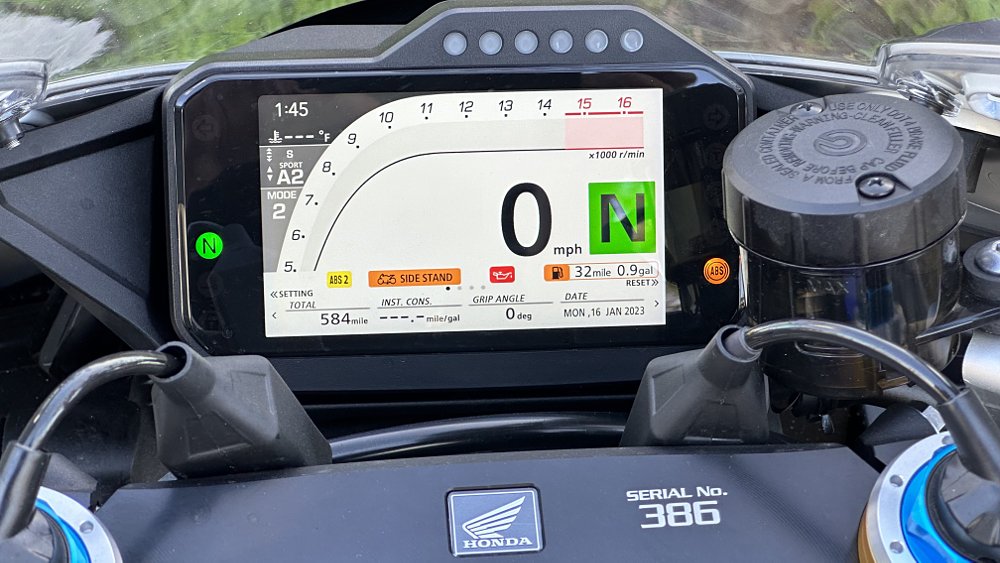
Advancements in the machines we ride
Here's another thing that happened 15 years ago. On a chilly early morning in April, I left my home for the 10-mile ride to work. Less than a mile from home, I was in the right lane of a four-lane city street doing the 35 mph speed limit when a young woman decided she was in a really big hurry to get into the McDonald's drive-through and dived across my bow. I grabbed the front brake. Too hard, as it turned out. I'd been going slowly for a short distance, so my tire wasn't much warmer than the cold pavement. The wheel locked and down I went.
Fortunately, damage to the motorcycle was minimal and damage to my body was zero. The driver and I traded info, but it didn't matter, because I later found out she was uninsured. Better braking technique would have saved me, and maybe being more aware of the potential threat might have, too. But you know what else would have made that a non-event? Anti-lock brakes. If the same scenario occurred today and I were riding my more modern bike with ABS, I can say with almost 100% certainty I wouldn't have gone down.
That's why ABS has to start the list of safety improvements in our motorcycles over the last 15 years.
People who say they don't "need" ABS because they've been riding without it for decades are right, to a certain extent. As long as conditions are good, you're not taken by surprise, and your skills are sharp. But things (and we riders) aren't always perfect, and if you're startled by an unexpected threat or you just plain don't see the wet manhole cover in the darkness, ABS is a very good thing to have.
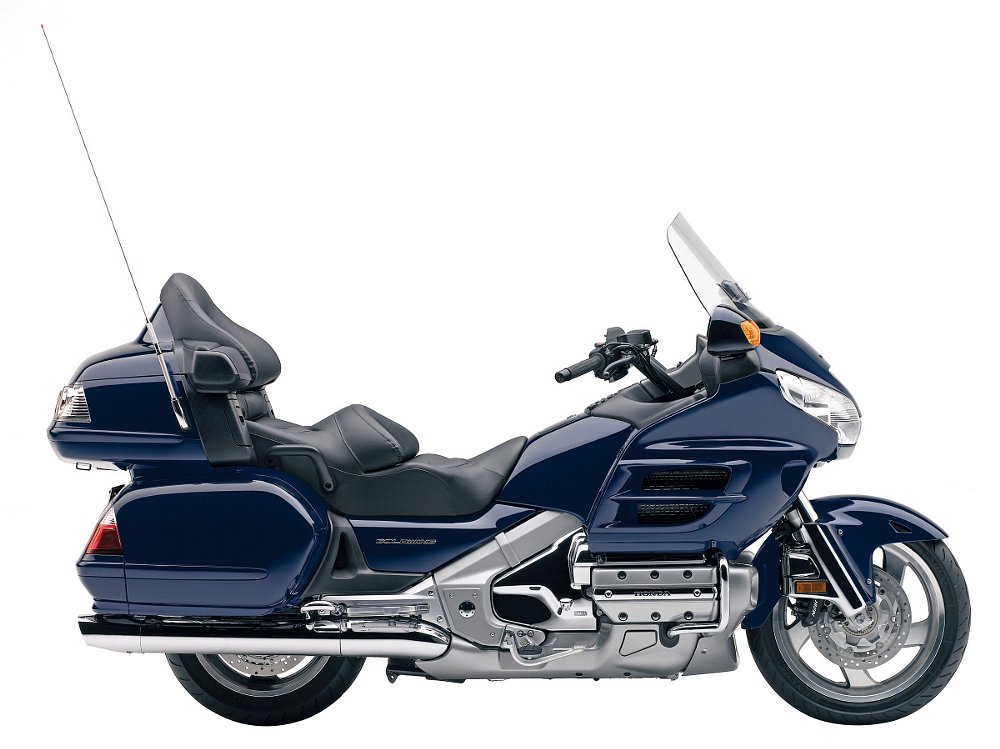
While continuous advances such as producing ever more power have happened over the last 15 years — you can now buy a 200-horsepower street bike, whether you're ready or not — the really major advances have been in the electronic features that help riders control that power, in addition to the ABS helping you stop. In 2008, traction control was essentially unavailable to street riders. I remember test riding the 2008 Kawasaki ZX-10R at Losail International Circuit in Qatar, one of the most memorable new-model introductions I ever attended. Kawasaki had something they called Kawasaki Ignition Management System (KIMS) and they practically made us sign waivers in triplicate recognizing that "KIMS is not traction control!" and if we were foolish enough to twist the throttle to the stop and request the 175ish crankshaft horsies, we were going to get them, whether that was a good idea or not and whether the rear wheel was spinning or not.
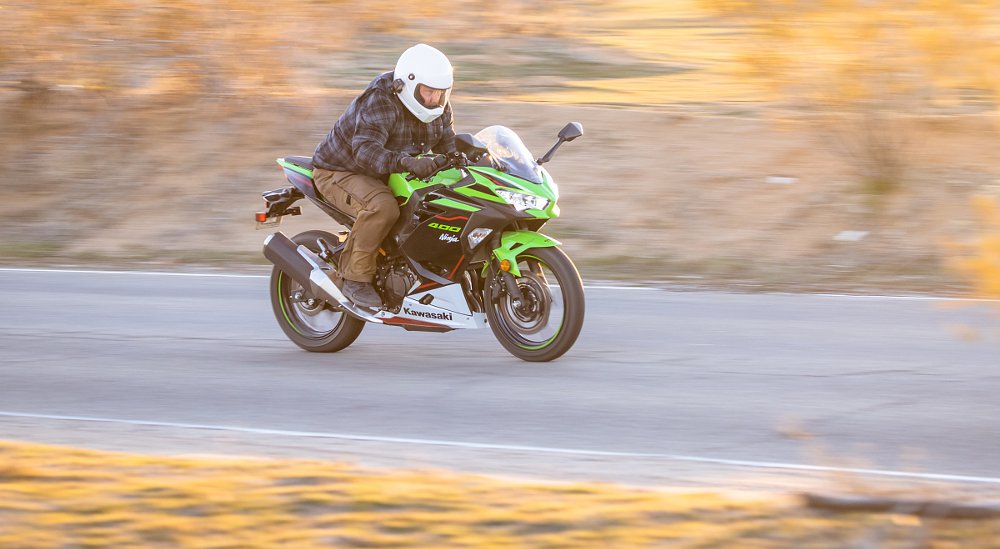
Today, a wide variety of motorcycles come with varying levels of traction control, many of which also use an inertial measurement unit to calculate your lean angle, in addition to sensors monitoring other parameters such as wheel spin and throttle position, all in the mission of trying to keep you from doing something stupid. Motorcycles for track use also have other features, such as wheelie control and launch assist, for racing performance. On the street side, many motorcycles in the U.S. market offer riding modes, so if it starts raining you can switch to a Rain Mode setting that reduces power and increases traction control intervention. In 2008, "rain mode" was "be careful with that throttle, sonny," and be nervous, too.
Electronic suspension adjustment is another new electronic feature, though it's only available on some higher end models. Then there are features like colorful, customizable TFT displays, instead of a couple of pointers flinging themselves around an analog dial or, at best, in 2008, a very gray-looking LCD display.
Overall, we've come a long way since 2008, when RevZilla sold its first helmet over the internet.
Here's the best part. If you're nostalgic for 2008 (or even much further back), you can buy a pair of REAX 215 jeans and a classic black leather jacket, like a Roland Sands Hemlock CE Leather Jacket. Then you can hop on your Kawasaki Z900RS with its traditional round analog dials and still have the benefit of a rain ride mode. You can look like the 1970s and ride like it's 2023. The best of both worlds. That's real progress over the past 15 years.











